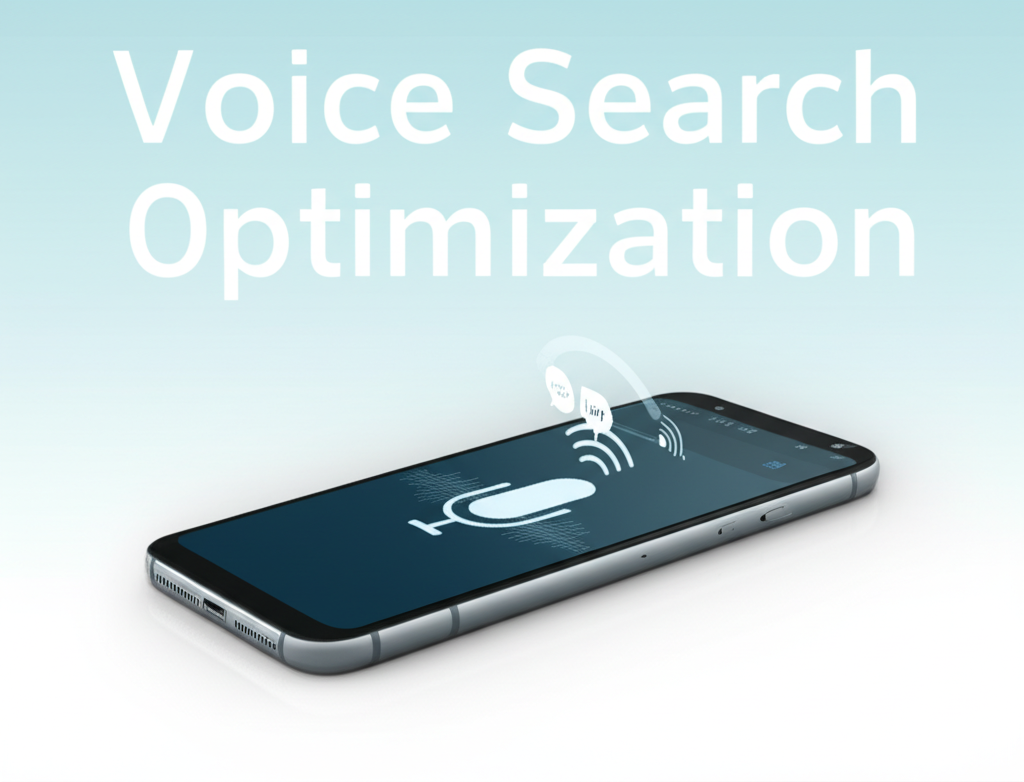How SEO-Optimized Customer Support Can Boost Your Organic Traffic
Learn how properly optimized support content can drive significant organic traffic and improve customer satisfaction simultaneously.

Sarah Johnson
SEO Director
Introduction: The Untapped SEO Potential of Support Content
When most businesses think about SEO, they focus on their marketing pages, product descriptions, and blog content. However, there's a goldmine of SEO potential hiding in plain sight: your customer support content. Help centers, FAQs, troubleshooting guides, and knowledge bases are packed with valuable information that addresses specific user queries—exactly what search engines are designed to surface.
In this article, we'll explore how optimizing your support content for search engines can drive significant organic traffic while simultaneously improving customer satisfaction. We'll cover practical strategies, real-world examples, and actionable tips you can implement today.
Why Support Content Matters for SEO
Support content addresses specific problems and questions that users are actively searching for. These queries often have high intent but lower competition than primary keywords, making them valuable targets for your SEO strategy.
- Support content targets long-tail keywords with high conversion potential
- Help documentation answers specific questions, ideal for featured snippets
- Well-optimized support content reduces support tickets while driving traffic
- Support pages build topical authority in your industry or niche
Key Strategies for Optimizing Support Content
1. Conduct Support-Focused Keyword Research
Start by analyzing the questions and problems your customers are searching for. Look at your support tickets, chat logs, and community forums to identify common themes. Use tools like AnswerThePublic, Google's 'People Also Ask' sections, and keyword research tools to expand your list.
2. Structure Content for Featured Snippets
Featured snippets appear at the top of search results and can drive significant traffic. Structure your support content to target these valuable positions by clearly answering specific questions. Use concise paragraphs, bullet points, numbered lists, and tables where appropriate.
<h2>How to Reset Your Password</h2>
<p>To reset your password, follow these steps:</p>
<ol>
<li>Click the "Forgot Password" link on the login page</li>
<li>Enter the email address associated with your account</li>
<li>Check your email for a password reset link</li>
<li>Click the link and enter your new password</li>
<li>Log in with your new credentials</li>
</ol>3. Implement Schema Markup
Schema markup helps search engines understand the content and context of your pages. For support content, FAQ and HowTo schema types are particularly valuable. They can enhance your search listings and increase click-through rates.
{
"@context": "https://schema.org",
"@type": "FAQPage",
"mainEntity": [{
"@type": "Question",
"name": "How do I reset my password?",
"acceptedAnswer": {
"@type": "Answer",
"text": "To reset your password, click the 'Forgot Password' link on the login page, enter your email address, and follow the instructions sent to your email."
}
}]
}4. Create Topic Clusters Around Common Support Themes
Organize your support content into topic clusters with pillar pages and related articles. This structure helps establish topical authority and improves the visibility of your entire support section. For example, create a comprehensive guide on 'Account Management' with linked articles for specific tasks like password resets, profile updates, and security settings.
Case Study: How Company X Increased Organic Traffic by 78%
Company X, a SaaS platform with a large customer base, implemented an SEO strategy focused on their support content. They reorganized their help center, optimized existing articles for search intent, and created new content based on customer questions. The results were impressive:
- 78% increase in organic traffic to their help center within 6 months
- 32% reduction in support tickets for common issues
- 15% improvement in customer satisfaction scores
- Featured snippets for over 50 high-value support queries
By treating our help center as a strategic SEO asset rather than just a support resource, we've been able to significantly increase our organic visibility while simultaneously reducing our support costs.
— Marketing Director, Company X
How AI Can Enhance Your Support Content Strategy
AI-powered tools like Customer Support AI can take your support content strategy to the next level. These tools can analyze search trends, identify content gaps, optimize existing articles, and even generate new support content that's designed to rank well in search results.
For example, Customer Support AI's Helper assistant can automatically identify high-potential keywords from your support interactions and suggest content optimizations that will improve your search visibility. It can also monitor the performance of your support content and recommend updates based on changing search patterns.
Conclusion: Transform Your Support Content into an SEO Powerhouse
Your customer support content represents a significant opportunity to drive organic traffic, reduce support costs, and improve customer satisfaction. By implementing the strategies outlined in this article, you can transform your help center from a cost center into a valuable marketing asset that contributes directly to your business growth.
Remember, the key is to approach your support content with both SEO and user experience in mind. Focus on answering real customer questions clearly and comprehensively, and the search traffic will follow.
Ready to optimize your support content for SEO?
Share this article
About the Author

Sarah Johnson
SEO Director
Sarah has over 10 years of experience in SEO and content strategy. She specializes in helping companies optimize their support content for search engines while maintaining a focus on user experience.
Related Articles
Using Schema Markup to Enhance Your Support Content Visibility
A step-by-step guide to implementing schema markup for your support content to improve search visibility and click-through rates.
Building Topic Clusters for Your Support Content
Learn how to organize your support content into effective topic clusters that establish topical authority and boost rankings.
How Support Chatbots Can Improve Your SEO Performance
Discover the unexpected ways that implementing AI chatbots can positively impact your website's search engine rankings.
Table of Contents
Popular Articles
Subscribe to Our Newsletter
Get the latest SEO tips, customer support strategies, and product updates delivered to your inbox.
By subscribing, you agree to our Privacy Policy and consent to receive updates from our company.
